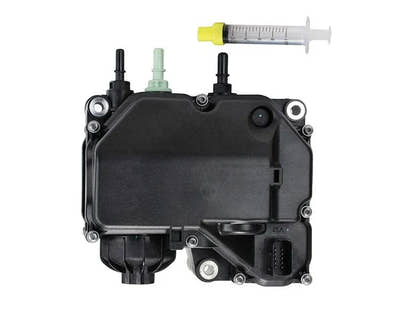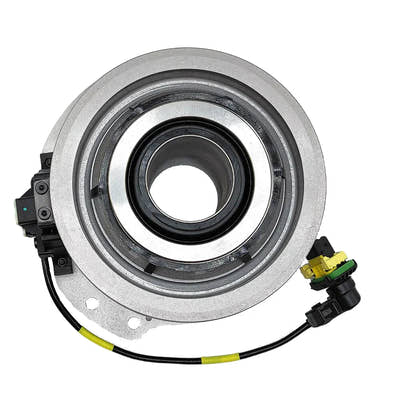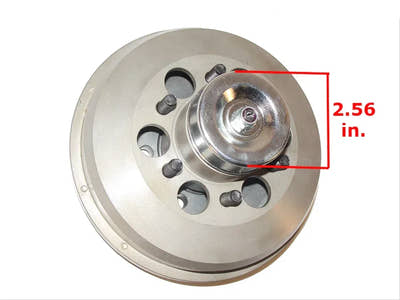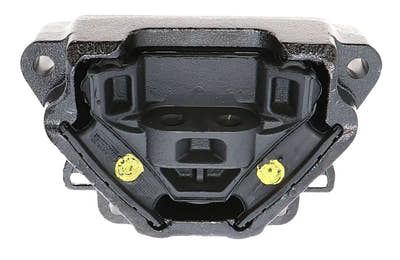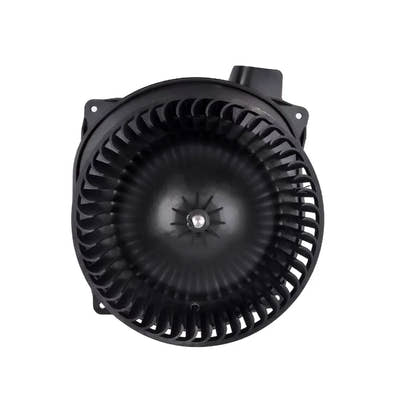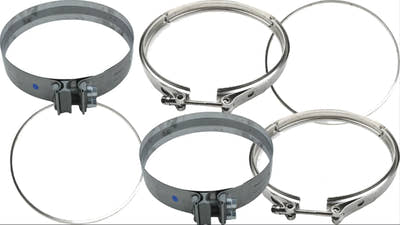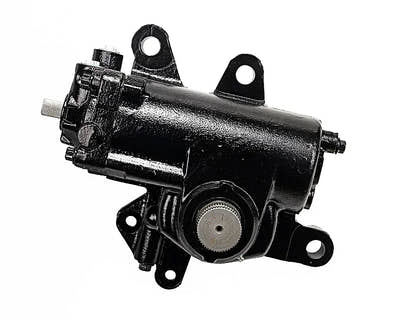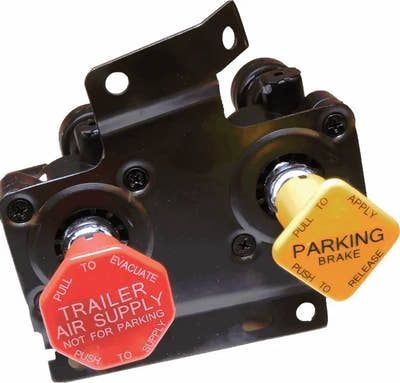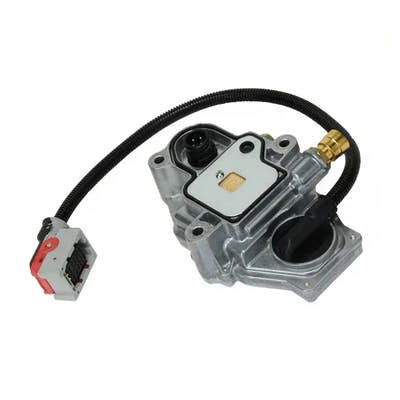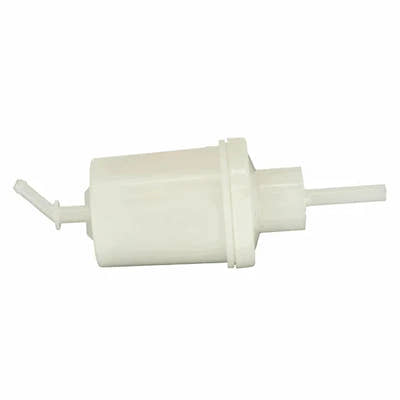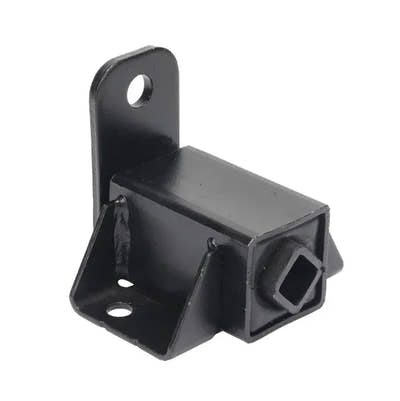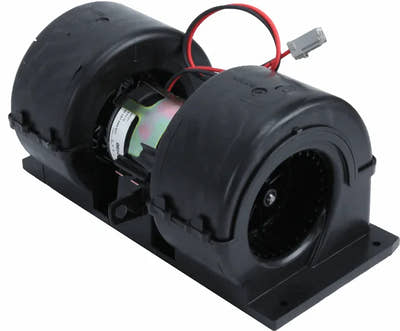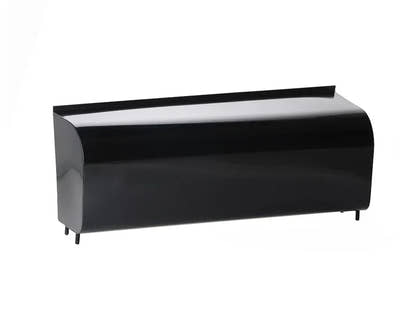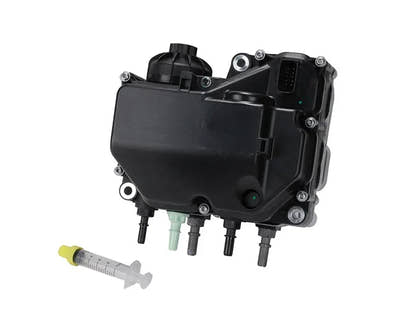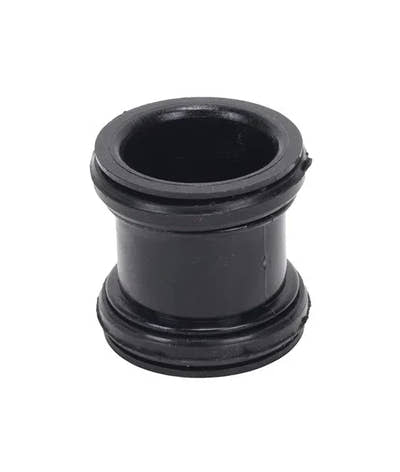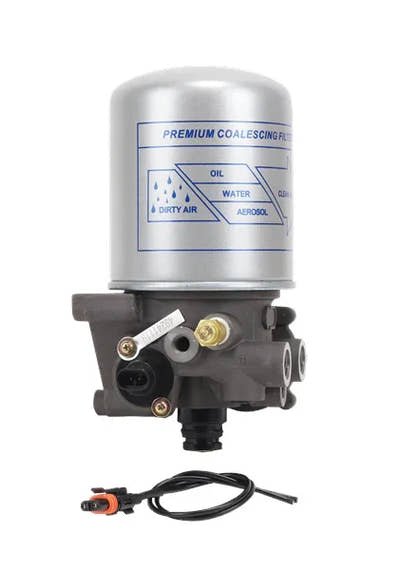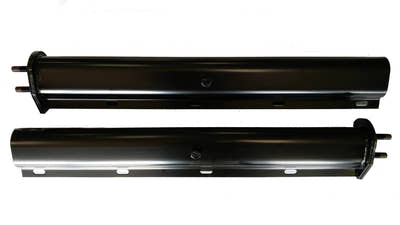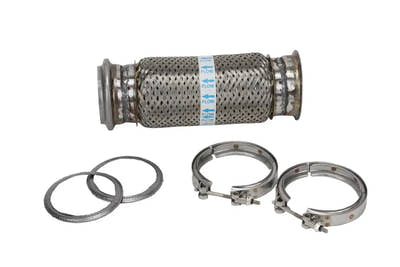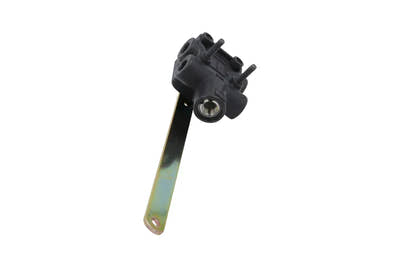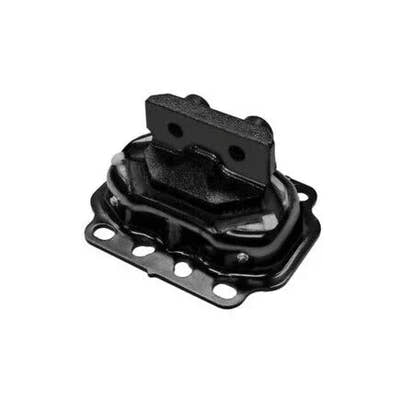How To Replace The Air Bag On A Semi Truck Or Semi Trailer
Replacing Suspension Air Bags on Semi Trucks and Semi Trailers: A Comprehensive Guide
Maintaining a semi truck or semi trailer in top condition is crucial for safety and performance on the road. One essential aspect of this maintenance involves replacing the suspension air bags. Also known as air springs, these components play a vital role in ensuring a smooth ride and stable handling for heavy-duty commercial vehicles. In this guide, we'll walk you through the process of replacing suspension air bags on semi trucks and semi trailers, highlighting the tools you'll need and providing step-by-step instructions.
Understanding Suspension Air Bags
Suspension air bags, or air springs, are an integral part of a commercial vehicle's suspension system. They help absorb shock and vibration, providing a comfortable ride and protecting cargo from damage. Over time, air bags can wear out due to age, exposure to harsh conditions, or heavy use, necessitating their replacement.
Tools Required
Before you begin, gather the following tools and materials:
- Jack and Jack Stands: For lifting and securely supporting the vehicle.
- Socket Set and Wrenches: For removing bolts and nuts.
- Screwdrivers: For loosening hose clamps.
- Pry Bar: To help remove the old air bag if it's stuck.
- Replacement Air Bags: Ensure they are the correct type and size for your vehicle.
- Air Line Fittings and Hose: If needed, for replacing any damaged components.
- Safety Gear: Including gloves and safety glasses.
Step-by-Step Replacement Process
-
Park and Secure the Vehicle
- Park the semi truck or trailer on a level surface.
- Engage the parking brake and chock the wheels to prevent movement.
-
Lift the Vehicle
- Use a jack to lift the vehicle at the appropriate lifting points.
- Place jack stands under the vehicle to ensure it is securely supported.
-
Locate the Suspension Air Bags
- Identify the air bags you need to replace. They are typically located near the axles.
-
Release Air Pressure
- Depressurize the air suspension system by opening the air tank drain valve or disconnecting the air line at a fitting. Ensure all air is expelled before proceeding.
-
Remove the Old Air Bags
- Use your socket set or wrenches to remove the bolts and nuts securing the air bag to the suspension and frame.
- Disconnect the air line from the air bag. You may need to use a screwdriver to loosen any clamps.
- If the air bag is stuck, use a pry bar to carefully remove it.
-
Install the New Air Bags
- Position the new air bag in place, aligning it with the mounting points.
- Attach the air bag to the suspension and frame using the bolts and nuts. Tighten them securely.
- Reconnect the air line to the new air bag and secure any clamps.
-
Check for Leaks
- Once installed, repressurize the air suspension system.
- Use a soapy water solution to check for air leaks around the connections. If bubbles form, tighten the fittings until the leaks stop.
-
Lower the Vehicle
- Carefully remove the jack stands and lower the vehicle back to the ground.
- Double-check that all bolts and fittings are secure.
-
Test the Suspension
- Start the vehicle and allow the air suspension system to fully inflate.
- Take the semi truck or trailer for a test drive to ensure the new air bags are functioning correctly and providing a smooth ride.
Conclusion
Replacing suspension air bags on semi trucks and semi trailers is a manageable task with the right tools and knowledge. Regular inspection and timely replacement of air springs can prevent costly damage and ensure a comfortable, safe driving experience for commercial vehicles. By following this guide, you can confidently maintain your heavy-duty vehicle's suspension system and keep it running smoothly on the road.

